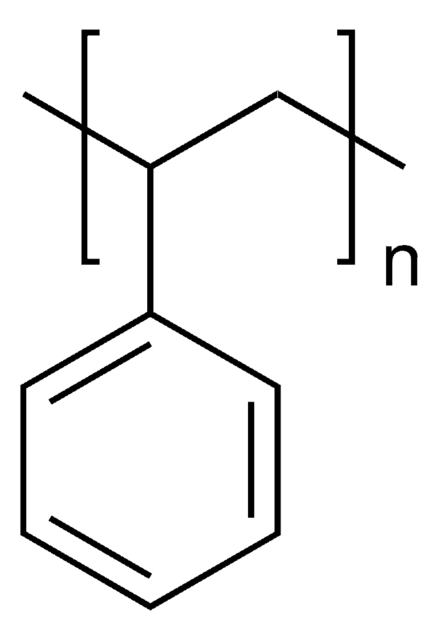904899
Spiro[9H-fluorene-9,9′-[9H]xanthene]-2,7-diamine
Synonym(s):
N,N,N′,N′-tetrakis(4-methoxyphenyl)spiro[fluorene-9,9′-xanthene]-2,7-diamine, X59
About This Item
Recommended Products
description
Band gap: Eg = 3.05 eV (lit)
Hole Mobility: 5.5 x 10-5 cm2/Vs (lit)
assay
≥98%
form
powder
color
yellow
conductivity
1.9 x 10-4 S/cm (lit)
orbital energy
HOMO -5.15 eV
LUMO -2.10 eV
Related Categories
General description
Application
wgk_germany
WGK 3
flash_point_f
Not applicable
flash_point_c
Not applicable
Certificates of Analysis (COA)
Search for Certificates of Analysis (COA) by entering the products Lot/Batch Number. Lot and Batch Numbers can be found on a product’s label following the words ‘Lot’ or ‘Batch’.
Already Own This Product?
Find documentation for the products that you have recently purchased in the Document Library.
Articles
Professor Chen (Nankai University, China) and his team explain the strategies behind their recent record-breaking organic solar cells, reaching a power conversion efficiency of 17.3%.
Our team of scientists has experience in all areas of research including Life Science, Material Science, Chemical Synthesis, Chromatography, Analytical and many others.
Contact Technical Service![Spiro[9H-fluorene-9,9′-[9H]xanthene]-2,2′,7,7′-tetramine](/deepweb/assets/sigmaaldrich/product/structures/225/593/3b5858b3-0993-43eb-97ee-3f0d2a1142dc/640/3b5858b3-0993-43eb-97ee-3f0d2a1142dc.png)

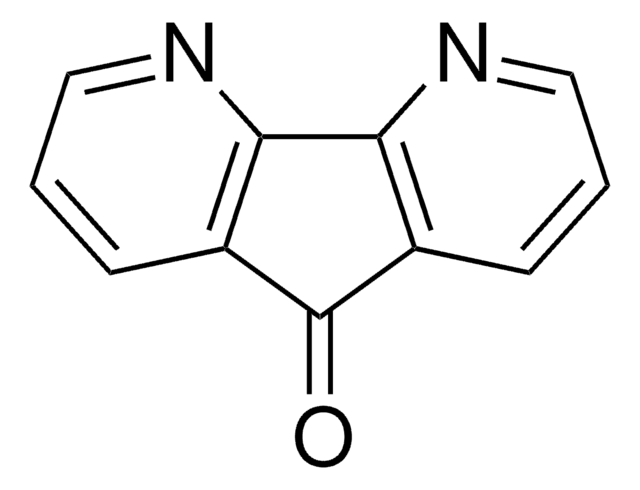
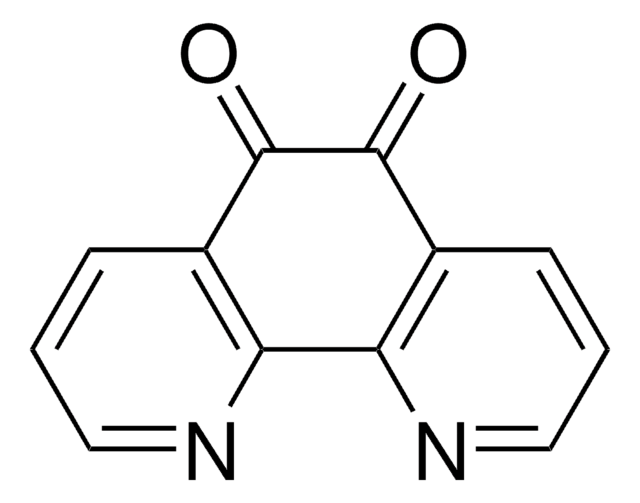

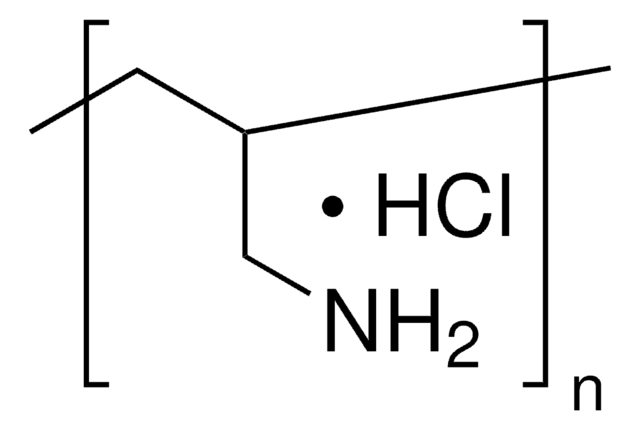
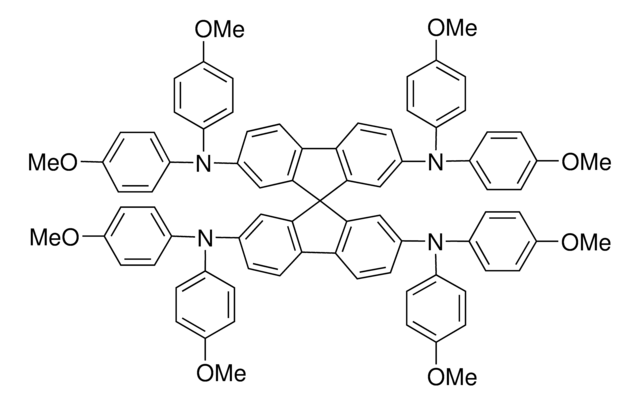
![1',3',3'-TRIMETHYLSPIRO[BENZO[F]CHROMENE-3,2'-INDOLINE] AldrichCPR](/deepweb/assets/sigmaaldrich/product/structures/158/241/e9e25f37-df70-41d8-859a-d8feee0ec2b6/640/e9e25f37-df70-41d8-859a-d8feee0ec2b6.png)

